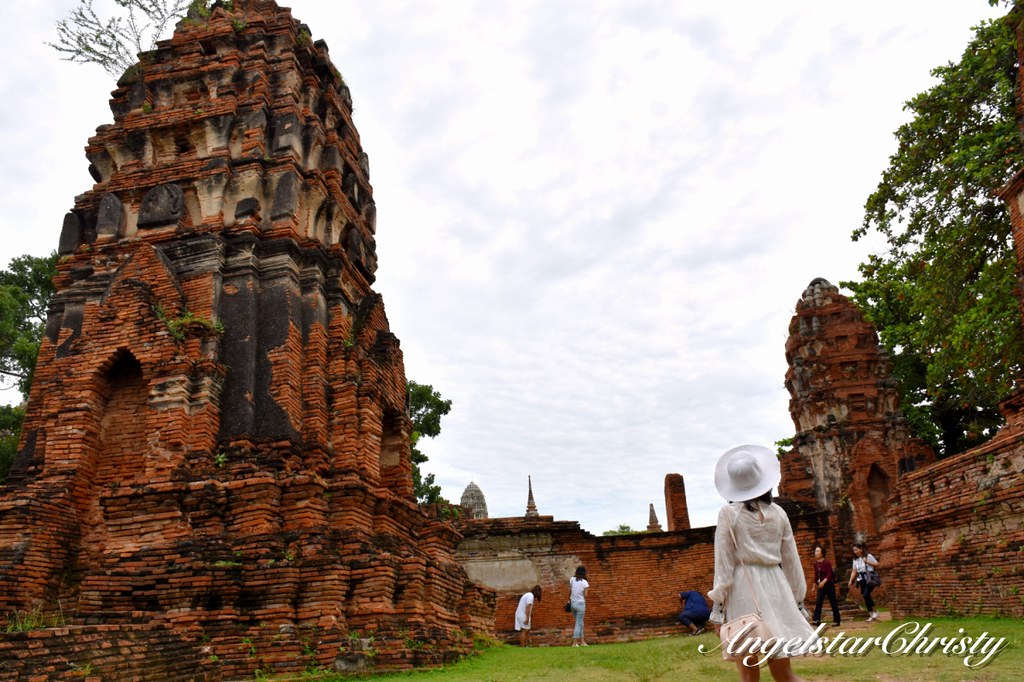
In the last post, I compiled a list of Wat(s) to visit in the ancient city of Ayutthaya (read it here). They are the remnants of the past, engraved in the bricks and stones scattered across the cities, holding the last of their former glory and dignity on the very ground they stand.
I have used the word temple, ruins and of course, Wat, to refer to these sites, but what does Wat really mean?
What is really in a Wat, and what is there to expect when one hears the word 'Wat'?
Is it a temple, a brick, the grounds/land or is it a ceremonial place?
What is a Wat, what is there in a Wat and what does a Wat symbolises?
Definition
According to the context of Buddhism, a Wat refers to a place for holy worship, a religious Buddhist site. The word is of Sanskrit origins, vata, which translates to mean "enclosure" (Source: Wikipedia).
The basic layout of a Wat consists of a main temple for worship, a vihara (a monastery with the monks residing in it), an altar/building to house an image of Buddha, and a complex for religious teachings to be conducted. Also by definition, there should be at least three resident bhikkus, or ordained monks for a religious place to be considered a Wat.
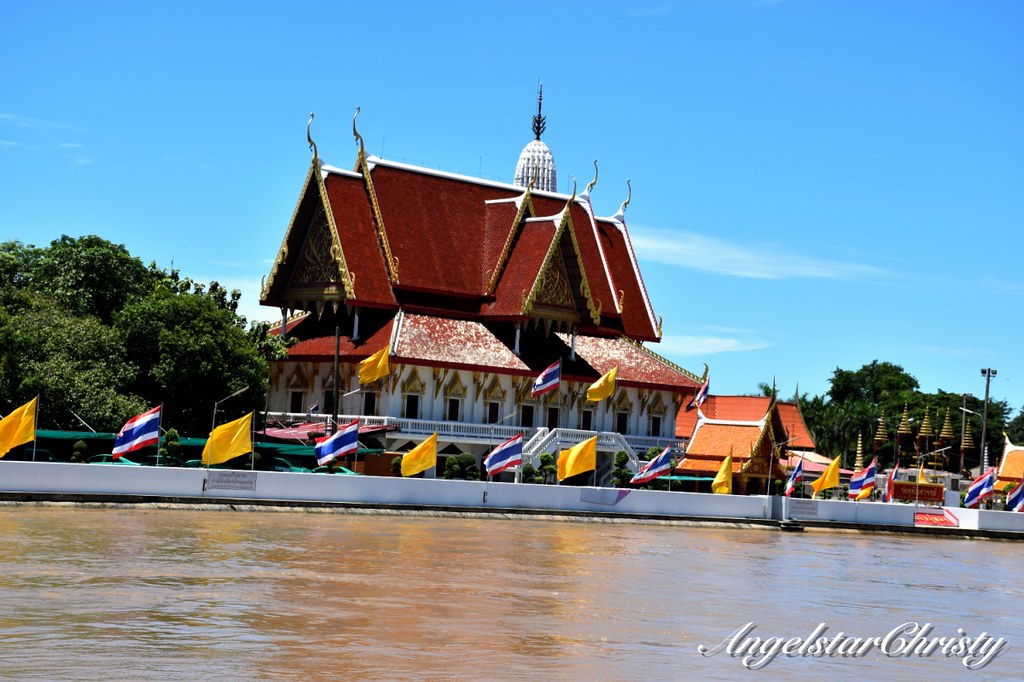
In Thailand, Cambodia and Laos, the term Wat denotes a religious Buddhist and a Hindu temple, and also sites of ruins (of former temples of course). The word Wat in Thailand refers to all types of religious places except for mosque or a synagogue. Christian churches are also known as wat farang in the country.
Specifically, Thailand also segregates their Buddhist temples into two main categories, where a Wat is a temple that has been recognised by the government and is granted wisungkhammasima (bordering stones to mark the area of the temple's coverage). These Wat(s) are further distinguished between the temples reserved for the royals, the Royal temples and those for the general public, Public temples, which are established by citizens (private) for the society. The other category of the Buddhist temple is the Samnak Song, which are without the government endorsement nor a wisungkhammasima.
Structure
The composition of a Buddhist Wat includes a few structures, making it recognisable as a basic Buddhist place of worship.
1. A Bell Tower

2. Bot
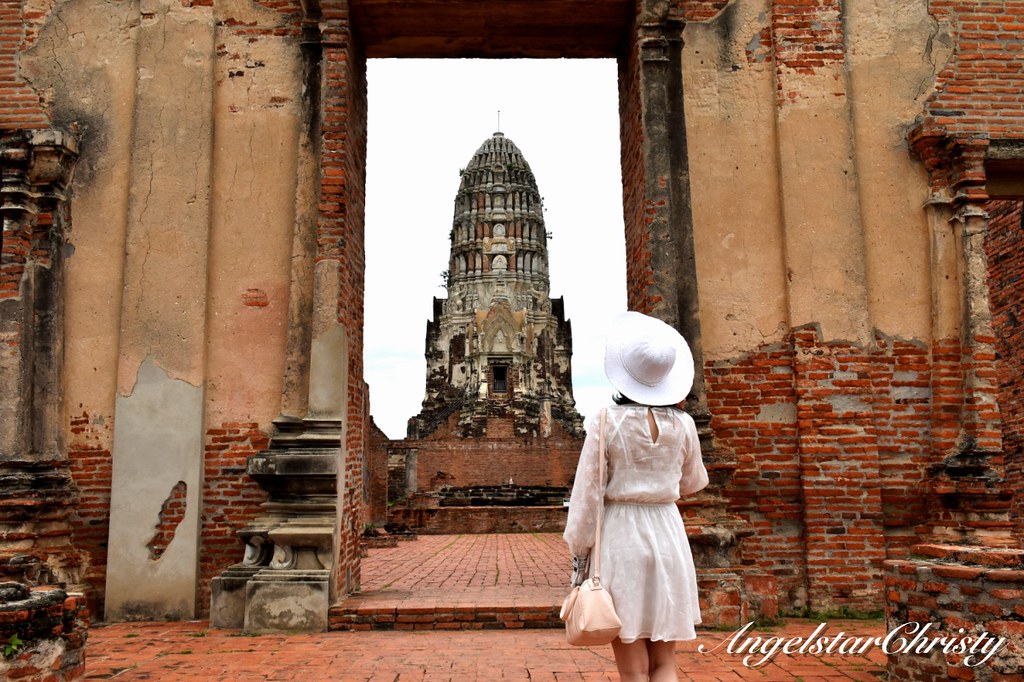
This is the main worship hall/altar which is also the most sacred zone within the temple. It is also known as the "ordination hall", and is similar to a vihara, where the term is interchangeable in some contexts, though the main difference lies in the more elaborate decoration of a Bot and the inclusion of eight cornerstones found in the Bot which is intended to fend off the evil spirits. This is considered the most important part of the temple and is also where the monks would pledge their allegiances/vows.
3. Chedi or Stupas
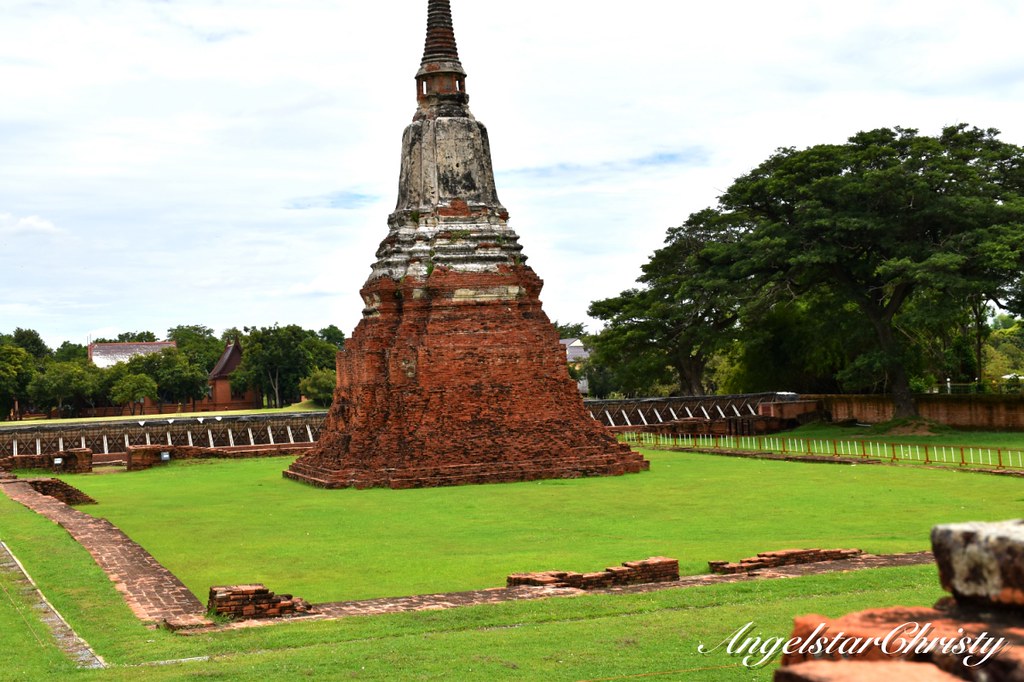
These are usually in bell or conical shapes and are constructed for the housing of the relics of Buddha, though the remains of the dead can be stored within them as well, in the form of ashes contained in urns. They are the memorial structures, and in Cambodia, they resemble regular shrines.
Most of the Wat(s) in the previous post contain these chedis/stupas, with some of them in smaller forms and isolated from the main temple which are used to house the remains of the royal family members, other than the king. The bigger chedis hold the relics of Buddha and also the remains of the monarchs.
4. Drum Tower
5. Kod
The monks' residences which is isolated from the main temple.
6. Ho Trai
Library or archive where the religious texts are stored.
7. Mondop
An open square area with four arches and a roof for the worship ceremonies.
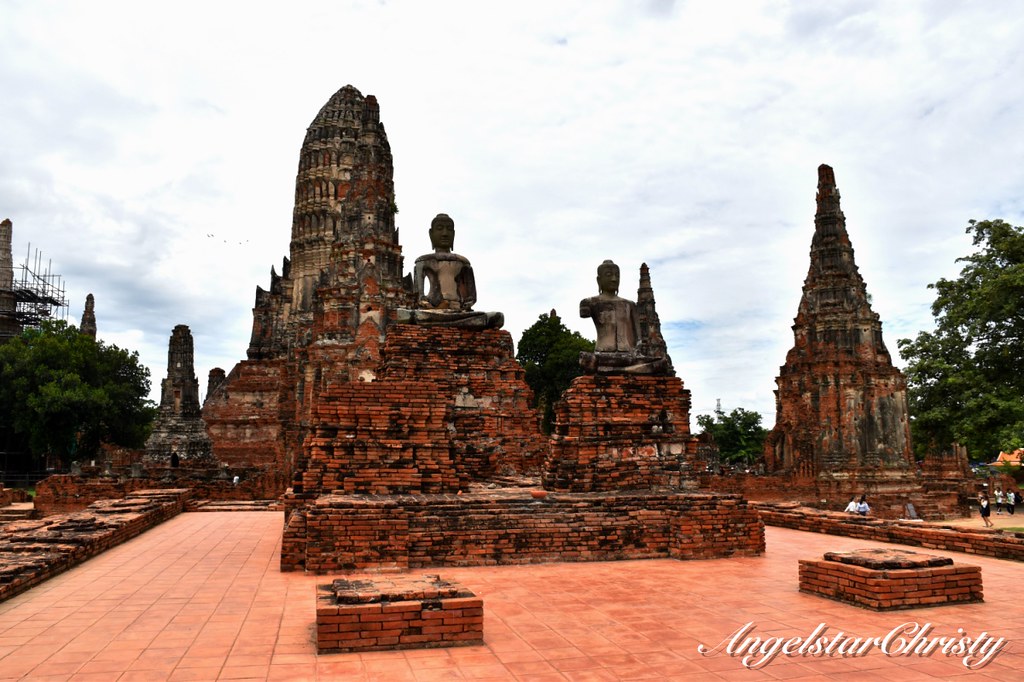
8. Sala
A recreational platform, or a pavilion for relaxation. This can sometimes be built outside the temple ground.
9. Vihara/Vihear
Meeting and prayer space/room.
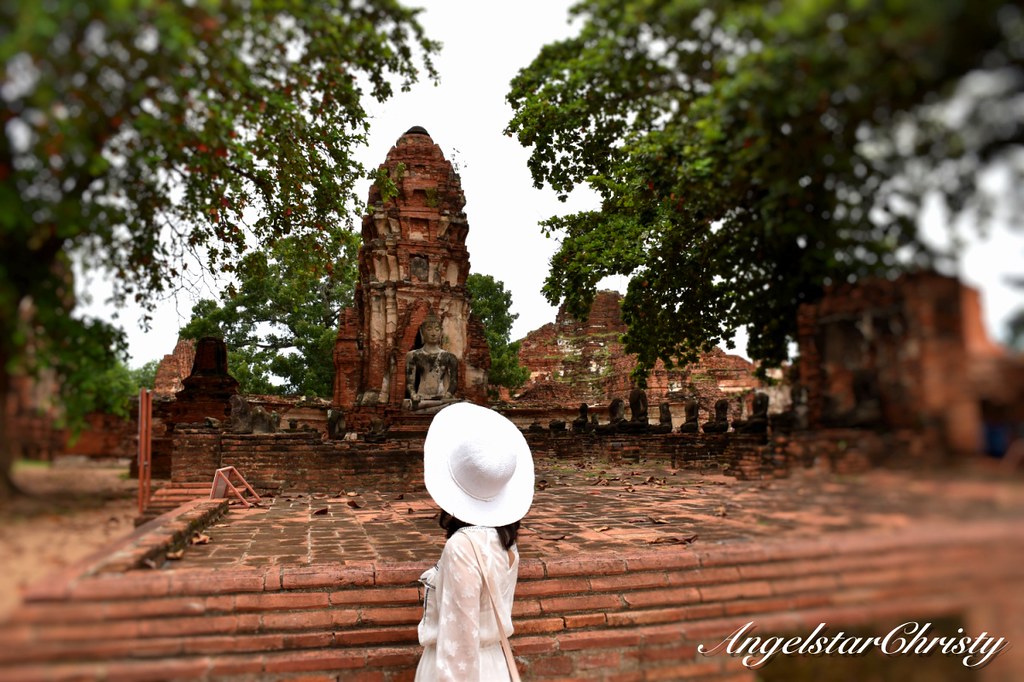
10. Pond
Though not mandatory, a pond filled with floating lotus flowers (symbolic of Buddhism) with fishes (sometimes) and religious statues. The pond is usually rectangular in shape.
* Most of the Wat(s) also contain a gallery where statues/images of Buddha are placed, in usually connecting walkways to the worship chambers.

Significance
With an overview of the Wat, it is also important to understand the constitution of a Wat and what it really stands for, especially in relation to the Ayutthaya kingdom and the reason for its construction by the monarchs.
Most of the Wat(s) are ordered for construction by the ruling king, and though there are some converted from its former status as a palace, they are mostly established to be places of worship from the start.
So, what is a Wat to the people then, especially to the ruler, and why is it so important to have them in their kingdom?
Traditionally, a Wat, as a sacred place of worship is of course, to venerate the great sage Buddha himself and his teachings. Buddhism places importance on merit, or generally the good deeds a person performs in their lives which would grant them blessings in their life, mainly their path toward enlightenment and also a promising next life.
It is in fact the foundation of Buddhism, and devotees are encouraged to accumulate these merits, which are symbolic of purity and goodness in their lifetime to ensure that they would enjoy a good return (for everything is cyclic and one reaps what they sow). Their merits would ensure the goodness in their own lives, or the blessing of good karma (return) and toward reaching nirvana (enlightenment).
Therefore, Wat (s) are significant in the sense that they are a form of merit, for the honouring of the religion, Buddha and also in contributing to the society, as the common people can pay homage in a sacred location.
In building places of worship, this merit would be of a great value and high in rank for one.
Similarly, for those who construct these temples, they would also be deemed in high regards for their virtues and viewed as good Buddhists.
Thus, being the head of the country, the kings would want to be seen as exemplary models of Buddhism to their people while similarly accumulating merits for their own selves.
However, while these acts are commendable, the teachings of Buddhism do focus on one's sincerity and intent when performing them, a point which sadly, most of the followers fail to keep in their minds. Simply said, it should be of one's true desire to do good, without focusing on the return, a pure will to do something for others' good which is more important in this concept of merit.
While we cannot judge the true intentions of the monarchs, historians and scholars state some of these temples are more politically driven than of sincerity.
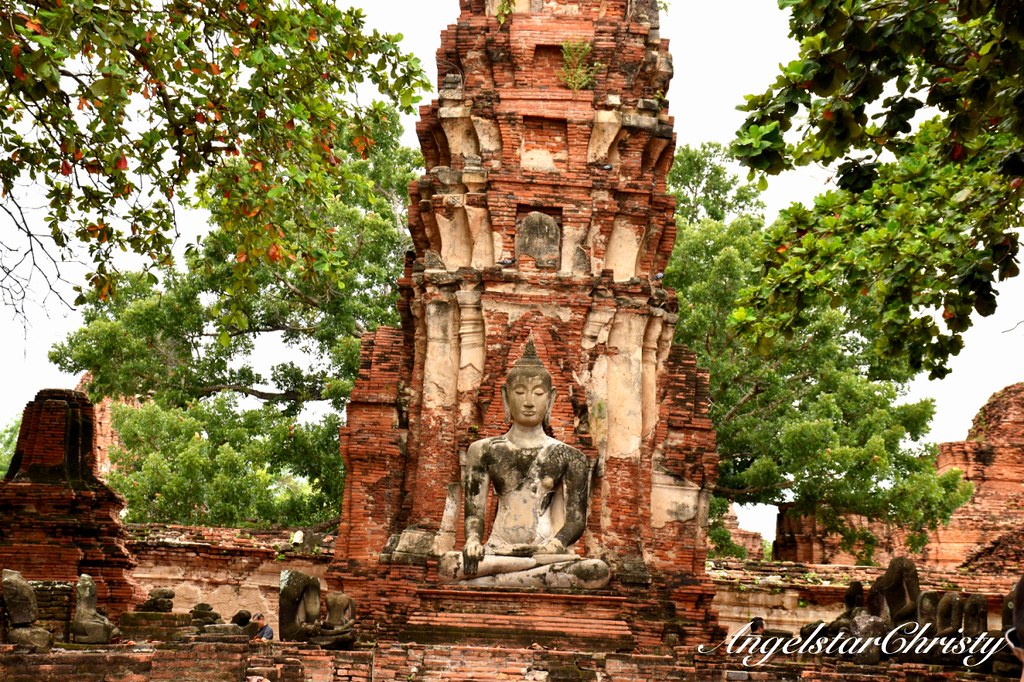
In the same context, these Wat(s) also serve as the link to the past and as acts of filial piety and respect toward the ancestors of the kingdom. It is also to honour the people who have passed, the former rulers and the kings' own parents (former king and queen) along with the other family members where their remains are kept within the chedis/stupas.
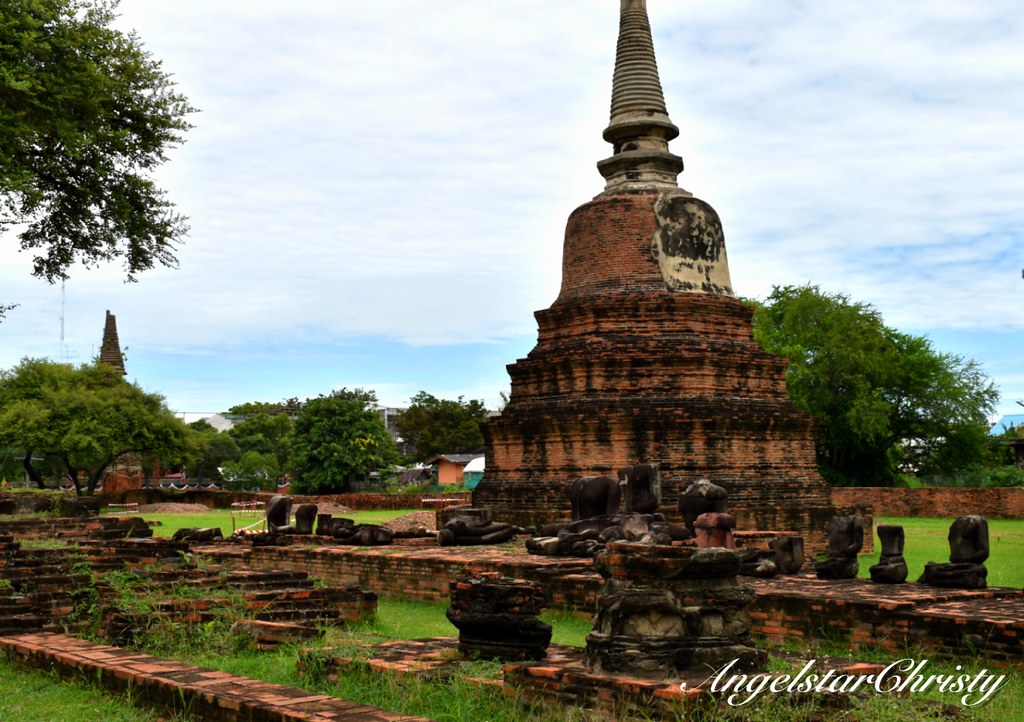
It is an elaborate process to construct the Wat(s), which involve vast resources and manpower and often, they are decked in grandeur, emblematic of the kingdom's wealth and power along with the devotion to the religion and their ancestors.
Connectors between the past and the present, these sites stand as reminiscence of once upon a time, telling the stories through their dilapidated states (while in restoration at the same time). Despite the damages through time and acts of destruction through battles, they are still the last of the past glory of what we could only imagine today, down to every brick and stone. We may not see the gold or silver which the statues or the place were once decorated with, nor can we see the dazzling colours of the chambers, but the true treasure lies in the heart of these sites, these very ruins where the stories unfold, as they stand there, in silence, whispering their tales to the keen, willing away their moments in time, regardless of the real reasons they were made to exist in the very first place.
All that matters is the past remains and will never leave, even when they no longer look the same.
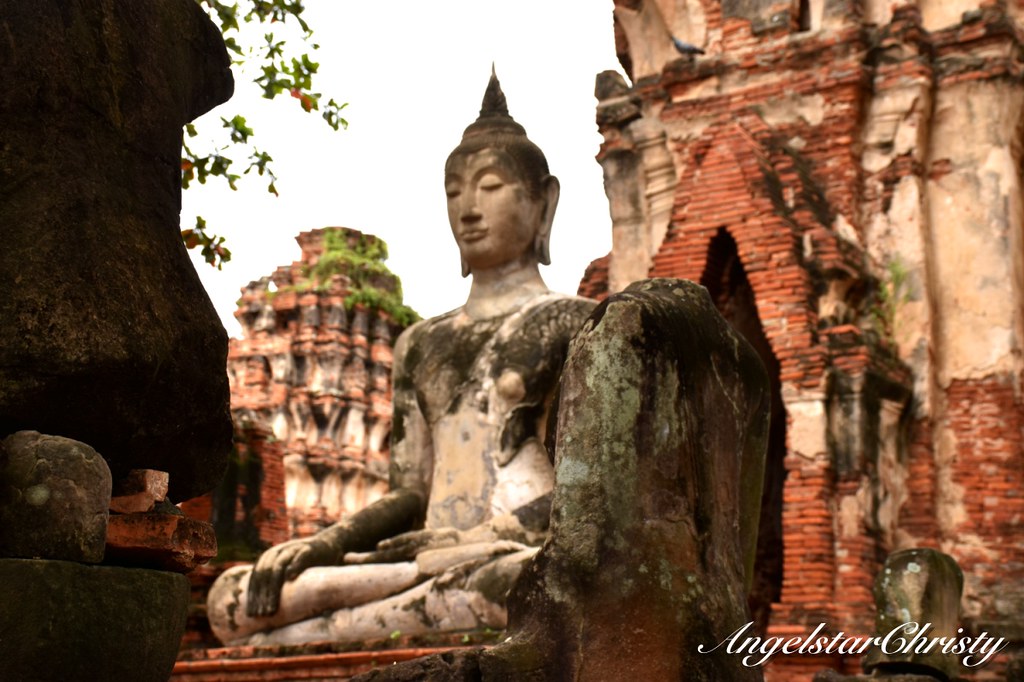

You do not have to agree with me.
Art Direction and Photography Styling by Me.
Photos/Videos all belong to me and are copyrighted.
Please kindly ask for permission if you need to use any of my images.
Check out my Pinterest @Angelstarc
Follow me on my live updates on my life, happening on SNAPCHAT @angelstarchrist



0 comments